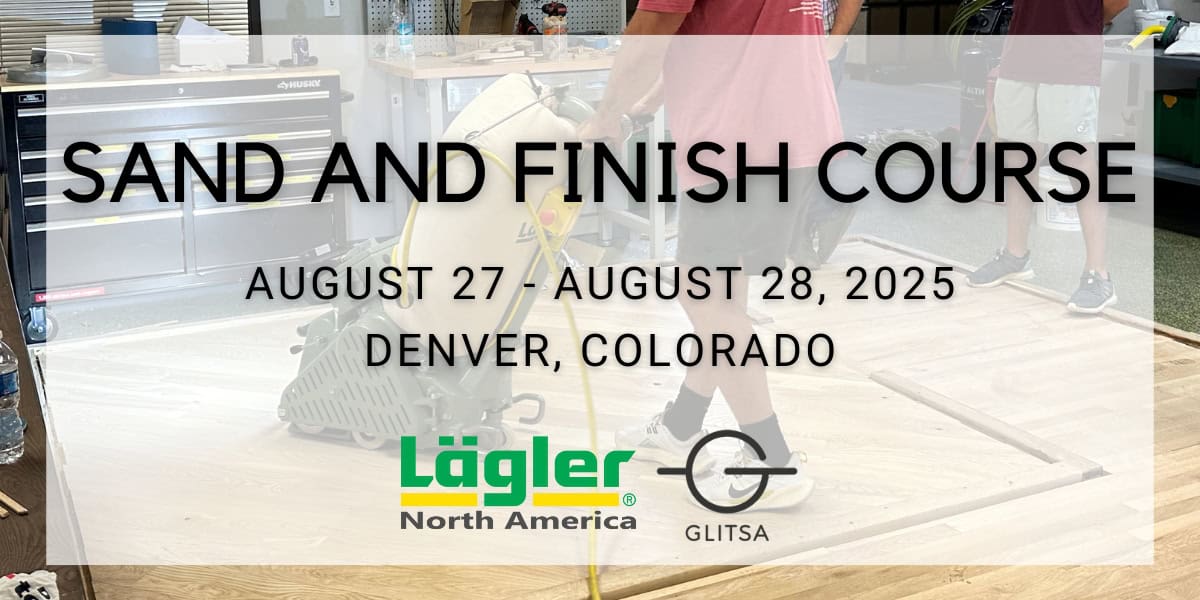
You are here:

Have you noticed your Lägler FLIP® acting a bit different lately? Maybe you’re having a tough time starting it or the working speed has decreased. Maybe it feels like it isn’t running as smoothly as
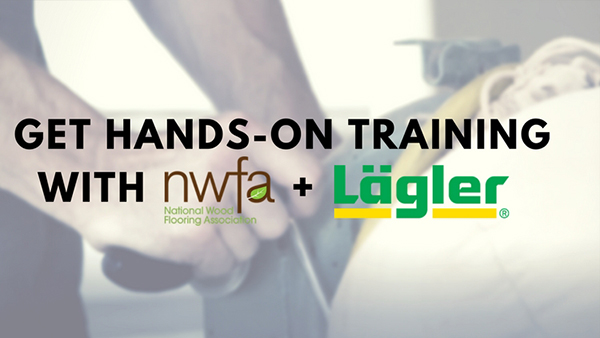
Guest Post by Brett Miller, NWFA VP of Education & Certification For those of you who think you don’t have time for training, think again. Certainly, there is no better feeling than being “too busy”
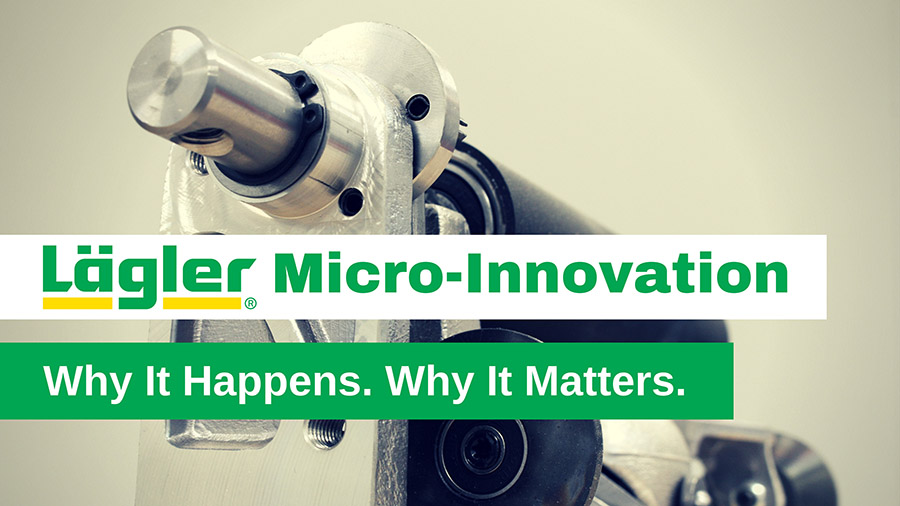
Have you ever compared a decades-old Lägler HUMMEL and a new one, and wondered what’s changed? We get it. At first glance, they look a lot alike. Two things: 1. Don’t change what ain’t broken
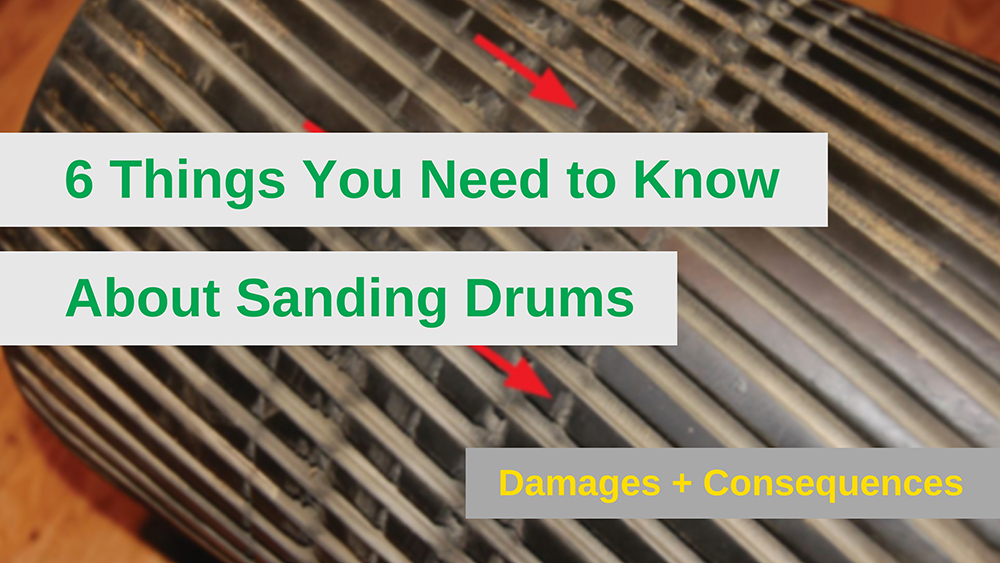
HUMMEL owners, tell us: How easy is it to remove and replace your HUMMEL sanding drum? Yeah, easy-easy. DIY in the shop, at your trailer, on the jobsite floor, right? No need to waste time
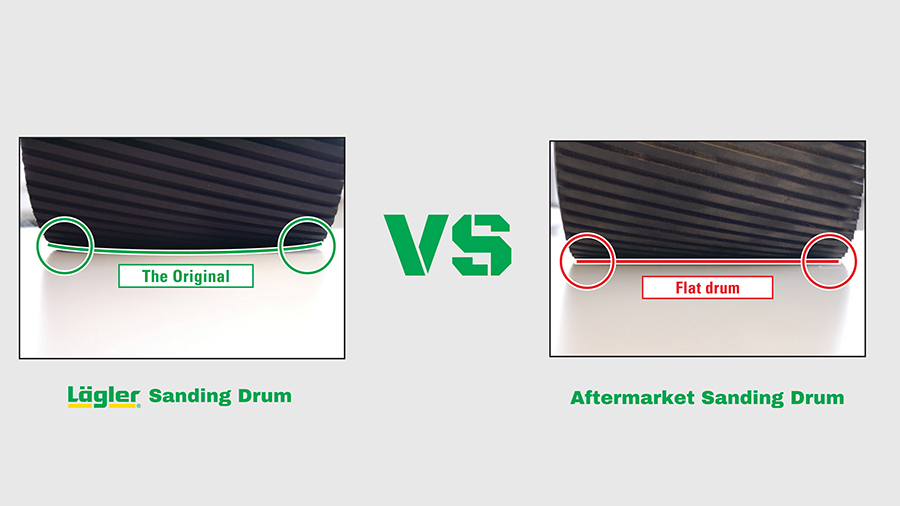
There are a lot of parts to care about with a “big machine” like Lägler’s HUMMEL. But even if you keep it purring, clean and rolling smoothly, it won’t do you any good if you

How to Mount the Lägler TRIO V-Belt In our previous blog post, we gave step-by-step instructions for removing the Lägler TRIO V-belt. Here are the steps for putting a new V-belt on the TRIO. First,
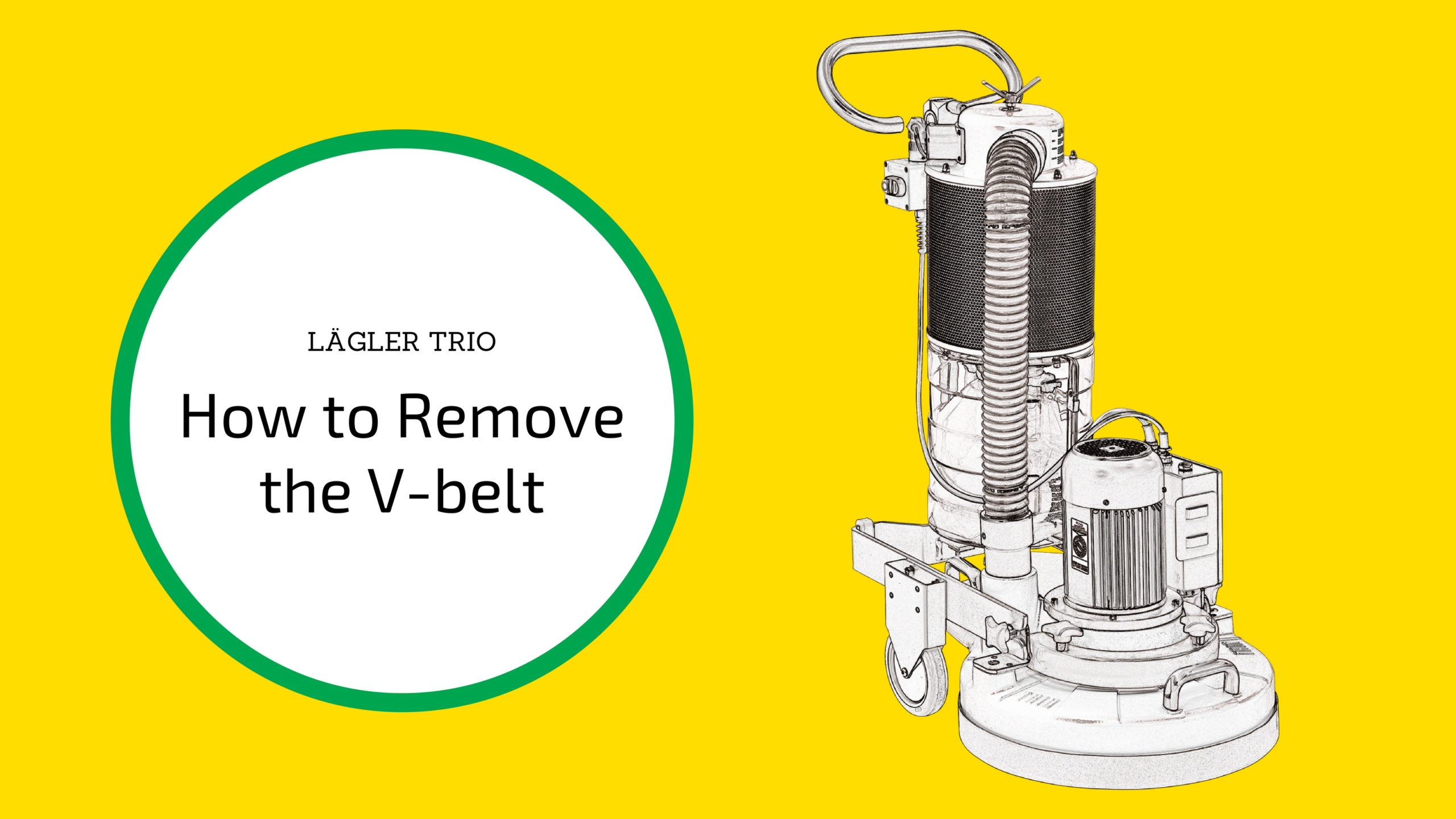
How to Remove the Lägler TRIO V-Belt Our how-to blog posts like this one are all about helping you to solve your maintenance questions, especially when you’ve got a tight schedule and need to keep
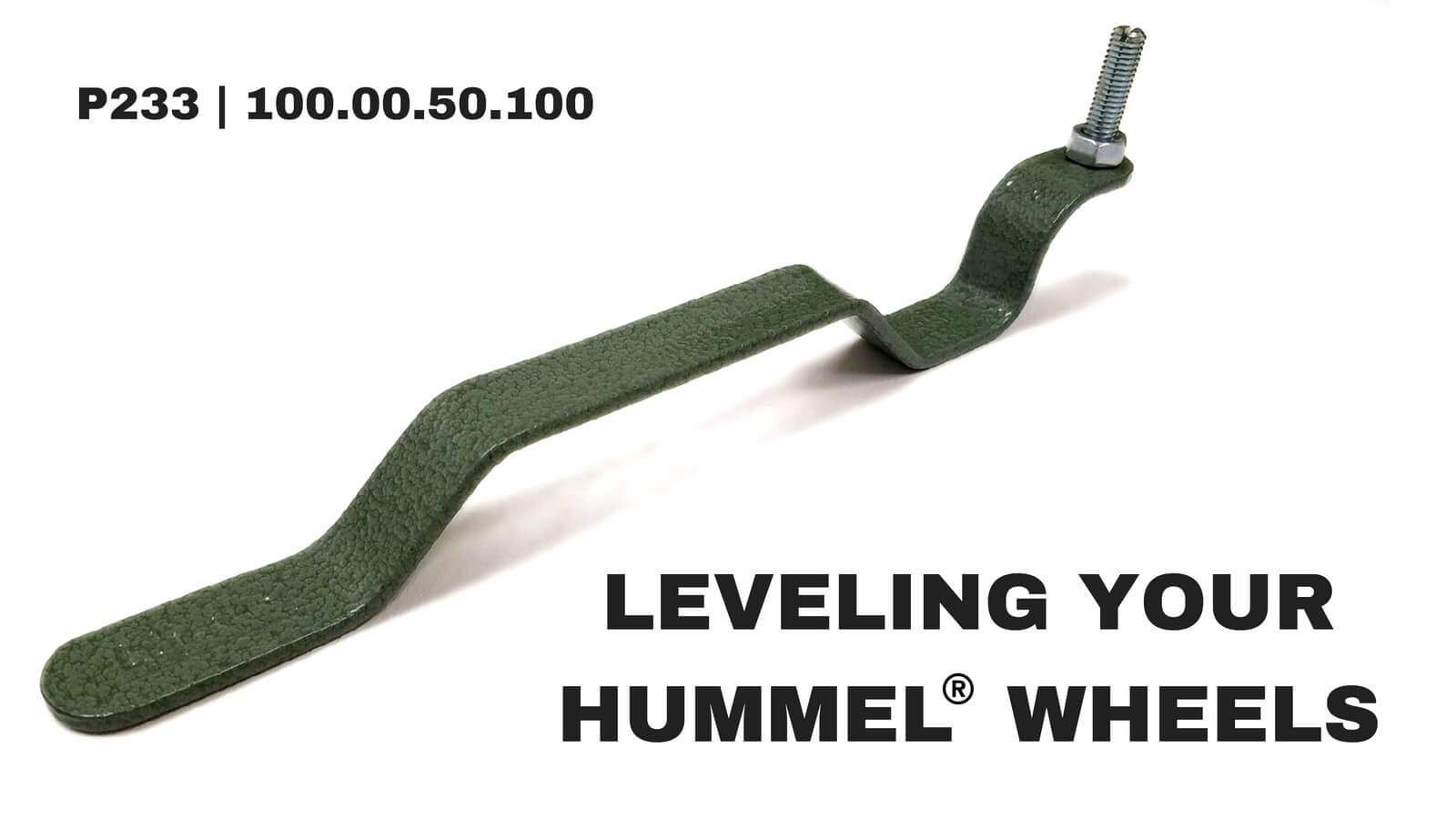
How to Level the Wheels of the Lägler HUMMEL® OK, so you’re on your way into the house, carrying your HUMMEL. It gets dropped. It takes a lot to throw out of whack the wheel

We’re doing what people do at the end of one year, beginning of another. We look back at what we did well and what we can improve. We always want to keep doing better. That
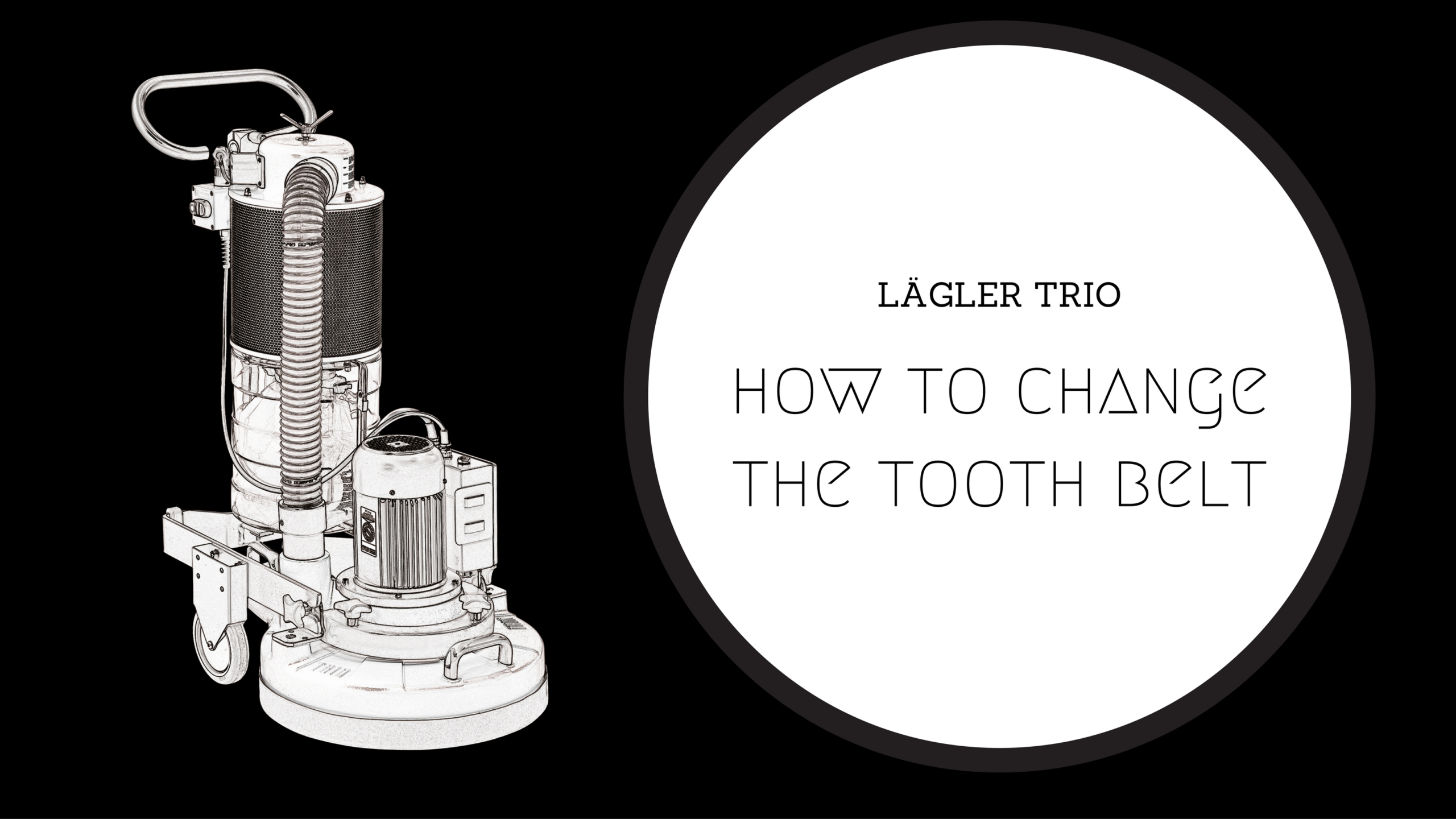
Good condition of the tooth belt, or the belt that turns the three sanding plates (discs) of the Lägler TRIO fine sanding machine, is critical. No belt, no sanding. It’s that simple. In this post,
Lägler North America, a division of Palo Duro Hardwoods, is the North American distributor of machines and parts manufactured by Eugen Lägler GmbH in Germany. We are North America’s machine repair center, and offer Lägler’s one-day Premium Sanding Technology (PST®) certification course.
Copyright © 2020 Lägler North America. All Rights Reserved.